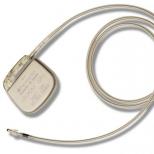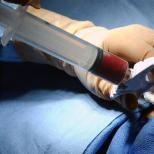Finger pulse monitors: choose the most convenient
The heart rate monitor is designed to measure the heartbeat. For example, during sports training. Taking heart rate readings from a finger allows you to determine the pulse, while the person does not need to wear a chest strap or wear a heart rate monitor on the wrist.
Consider all the features of such devices, popular models and prices for them, we will give recommendations for choosing.
The finger heart rate monitor is miniature electronic device, which in real time displays on its display information about during physical activity.
There are models, providing and the amount of oxygen in the blood, others have a thermometer that measures the ambient temperature. A common feature - the lion's share of heart rate monitors on the finger have a clock and a stopwatch in their design.
At its core, a heart rate monitor is a personal device for monitoring the state of your heartbeat. The finger heart rate monitor is suitable for almost everyone, as it has a simple mechanism for adjusting the fullness.
It is simply removed and put on the finger, while no wires. If a person wears this device not only for sports, but also for medical purposes, it is worth noting that people with a pacemaker can use it.
Who needs and what does
For people involved in sports a heart rate monitor will tell you what mode of training and cardio is acceptable for them. Exercising at the maximum pulse, a person can significantly harm himself, without even noticing that his heart rate is “rolling over”. The fingertip heart rate monitor is easy to use for most sports.
Also no need to interrupt your workout to check your heart rate. In sports, it is considered more accurate than, for example, worn on the wrist.
People suffering from heart disease usually use a device that in parallel with counting heart beats per minute, it measures the level of oxygen and. If any of the indicators does not meet pre-established standards, the device signals the owner.
Purpose of the heart rate monitor:
- Assessment of the load on the heart, in order to subsequently follow its reaction.
- Adapt to the new stress reality after surgery and during cardiorehabilitation.
- Control of heart fatigue.
- Development of an individual program taking into account the readings of the heart rate monitor.
Principle of operation and features
Usually one-inch monochrome or color displays with a resolution of 96x64 pixels. Modern models have memory. Capable of taking measurements in the range from 20 to 270 beats per minute. Working temperature -20С — +65С. There are models with a waterproof coating, and depending on its quality, you can use the heart rate monitor not only in rainy weather, but also during water procedures or swimming.
The device in the form of a ring outperforms its relatives in many respects.
First, he more convenient than. The latter is fastened to a belt on a person’s chest and transmits a heartbeat signal at a distance of up to a meter. It is considered more accurate than a ring heart rate monitor or, but wearing it is not so comfortable.
Secondly, he conveys continuous measurement of heart rate your heart muscle, as opposed to the so-called built-in sensors, which are used, for example, by cyclists, clinging it to the steering wheel. It is enough just to touch the device for a few seconds to take a measurement. The hands and fingers remain free, but accuracy is lame.

Should I be worried about the left axis deviation? This is discussed in.
Everything is simple here. It is necessary to determine exactly why and under what conditions you need to perform heart rate monitoring. It depends on what set of functions the device intended for you should have. For example, the German manufacturer Beurer introduced a device that measures the heart rate on the finger, combined with a glove. But it turned out to be unreasonably bulky.
And, of course, you must clearly know whether you need a device to correct sports training or to control conditions in diseases, since the appearance, functionality and capabilities of these two types of heart rate monitors are different.
About sports models and their choice is described in the video:
How to use
Using the heart rate monitor, which is worn on the finger, is very simple. It usually does not have more than two or three buttons, and function management is extremely simple, which will please the elderly owners of the device.
For sports needs, the device provides the ability to set a "training zone", that is, the boundary permissible indicators of heart rate.
When indicators go beyond the established limits, a person hears a warning signal. Thanks to this, you do not need to constantly look at your finger with a heart rate monitor.
Overview of popular models
As already mentioned, heart rate monitors are divided into medical and sports. Medical ones are more accurate and simultaneously measure blood oxygen saturation. But they not so comfortable to play sports in them. Sports ones give less accurate results and have fewer functions, but are more compact, shock-resistant and aesthetically more attractive.
Medical
Pulse oximeter Armed YX300
Compact Fingertip Pulse Oximeter for measuring the level of oxygen in the blood and the frequency of contraction of the heart muscle. Shows on the screen a histogram of the intensity of the pulse, which affects the efficiency of its work and makes it necessary not only for patients, but also for doctors.
Indicates when the batteries are nearly empty. Able to issue indicators in four modes (depending on what its position in space is). Price ~ 3090 rubles.
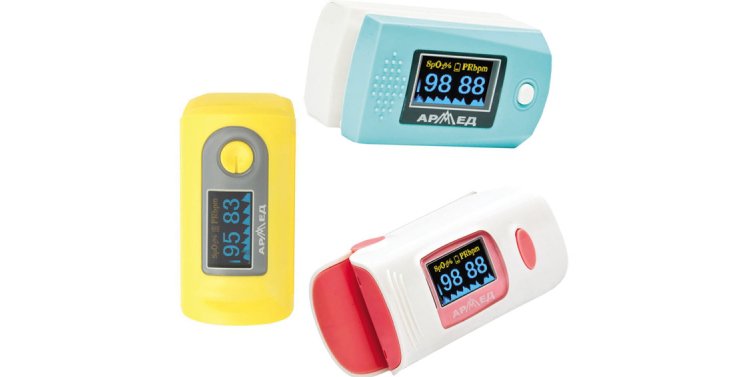
Choicemmed MD300C12
Ideal if you are looking for the best value for money. Extremely easy to use: the patient puts it on his finger and immediately sees the level of oxygen in the blood and the number of heartbeats per minute.
Thanks to a particularly accurate measurement of the level of saturation, it will be of interest to those undergoing oxygen therapy. Price ~ 3490 rubles.

Little Doctor MD 300 C33
More expensive option. Differs in the possibility display indicators in six modes, has a display backlight. When the heart rate goes beyond the set limit values, it gives not only a sound, but also a visual alarm.
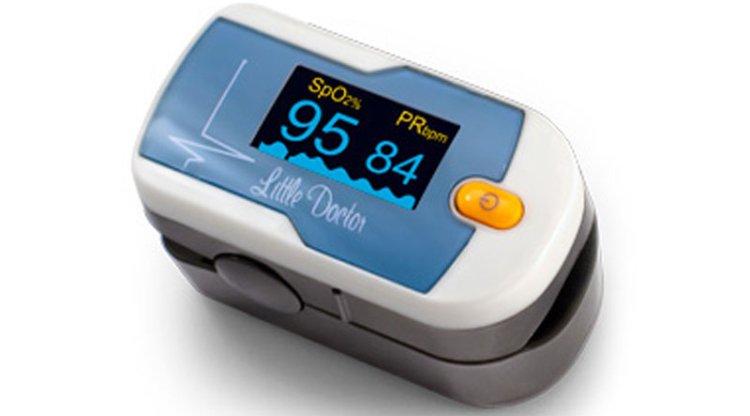
It can be used and will be useful not only at home, but also in hospitals.
Sports
Pulse Ring
Sports heart rate monitor. The device is made in Taiwan. One of the most affordable options, its cost is about 1300 rubles. Shows the heart rate quite accurately.

Pulse Plus iD503
The option is more expensive, but also more reliable. Thanks to its attractive appearance, everyone can wear it. Shows the current heart rate. You can choose the training mode, that is, there is possibility to enter personal data.
On this device, you can set the limit values for heart rate, and if they are violated, the device flashes and beeps. Among the additional functions there is also an ambient temperature measurement and a conventional clock. Price ~ 6049 rubles.
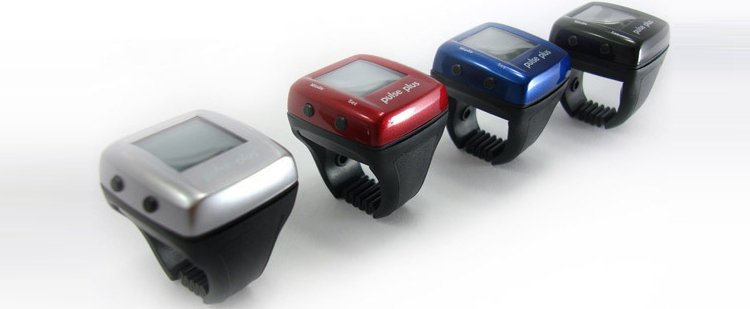
Average prices
The price of the device depends on its functionality, manufacturer and purpose. Medical heart rate monitors on a finger will cost you an average of 3200 - 6300 rubles. But it is also worth remembering that many of them are suitable for use not only at home, but also in a hospital setting, and almost all of them also measure the level of oxygen in the blood.
Sports heart rate monitors they can cost 1,300 rubles, like the Taiwanese Pulse Ring, or they can cost over 6,000 rubles, like Pulse Plus.
FAQ




